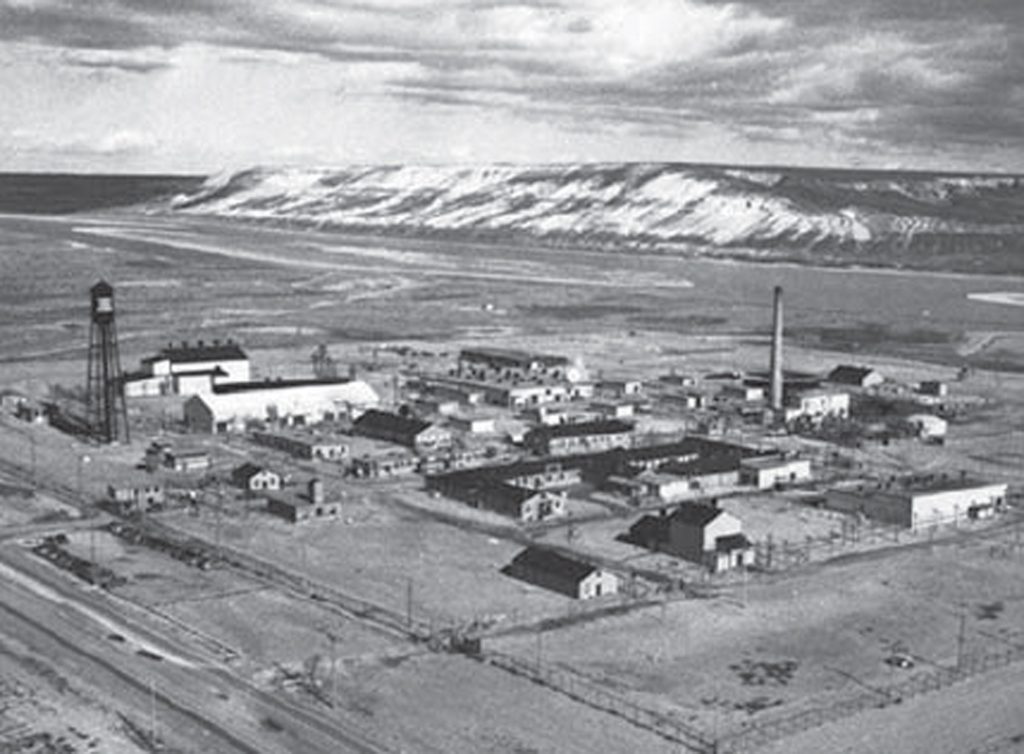Herbert M. Parker (1910-1984) was a British-American medical physicist. He worked at Chicago, Oak Ridge, and Hanford during the Manhattan Project, and is perhaps best known for inventing the rep (a precursor of the rad) and helping develop the rem to measure radiation dosage.
After earning an M.S. in Physics from the University of Manchester in 1931, Parker worked at Christie Hospital and the Holt Radium Institute in Manchester. He helped develop the Paterson-Parker method, which determines the amount of radiation to be used in radium therapy to treat cancer. Parker moved to Seattle, Washington in 1938, and led radiological physics at the Tumor Institute at the Swedish Hospital.
In 1942, Parker joined the Manhattan Project at the University of Chicago as a research associate. The following year, he was assigned to Oak Ridge, where he was responsible for starting the radiological safety program. Parker helped to design procedures to protect workers, develop new instruments to detect radiation, and train Manhattan Project staff members.
In 1944, Parker was assigned to Hanford, where he was charged with developing a radiological protection program for DuPont. He researched the levels of radioactive materials discharged into the environment, studying diffusion levels in the air, ground, and in the Columbia River.
After the war, Parker stayed at Hanford. In 1956, he was named manager of Hanford Laboratories, a forerunner of Pacific Northwest National Laboratory. After the Laboratory was established in 1965, Parker served as an assistant director and consultant with Battelle.
Parker was a member of the National Academy of Engineering and the National Council on Radiation Protection and Measurements, as well as a board member of the American Nuclear Society. He died in Richland on March 5, 1984 at the age of 73.
For more on Parker’s life and scientific accomplishments, read the memorial tribute from the National Academy of Engineering.





